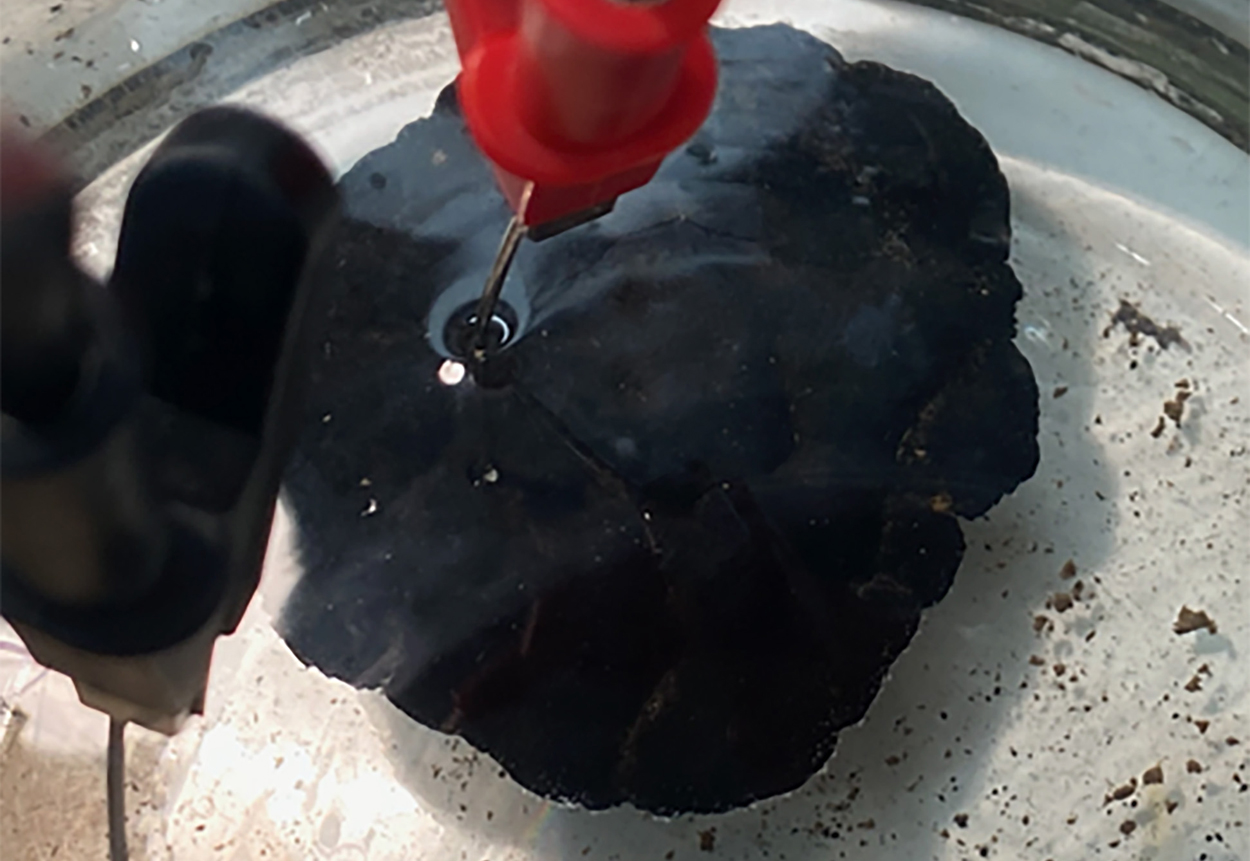Uncovering Oxygen Generation in the Deep Sea: A Game-Changer for Marine Science

Understanding the Role of Deep Sea in Oxygen Production
The dark depths of the ocean are often perceived as regions where oxygen is simply consumed due to the activities of marine microbes. However, recent studies have unveiled a groundbreaking revelation. In particular, the Clarion-Clipperton Zone has emerged as a site where oxygen may actually be produced, altering our fundamental understanding of these ecosystems.
Key Findings
- The deep sea previously considered a mere consumer of oxygen.
- New evidence suggests that manganese nodules play a crucial role in oxygen generation.
- This discovery could have far-reaching implications for marine biology and ecology.
Conclusion
As we expand our knowledge of the underwater world, it becomes increasingly clear that the dark abyss is not just a barren space but a dynamic environment with the potential for oxygen production. This new insight calls for a reevaluation of existing marine conservation and resource management strategies.
This article was prepared using information from open sources in accordance with the principles of Ethical Policy. The editorial team is not responsible for absolute accuracy, as it relies on data from the sources referenced.